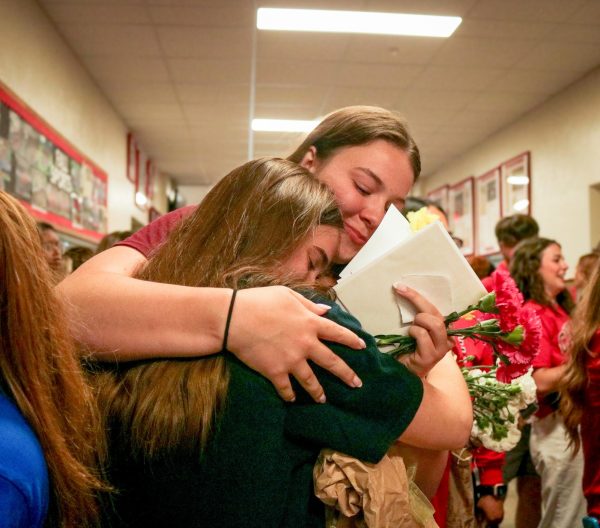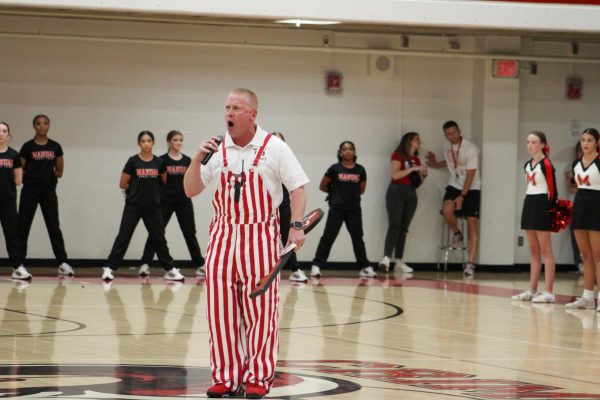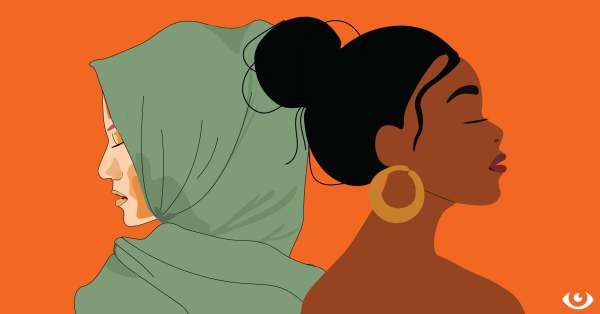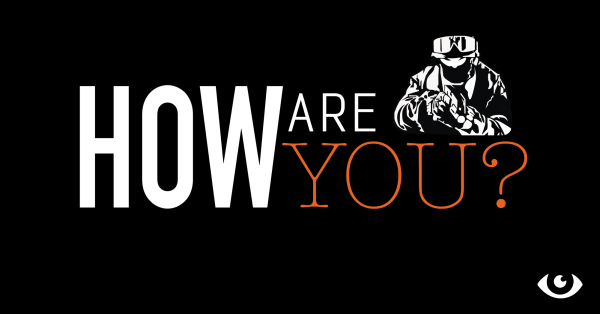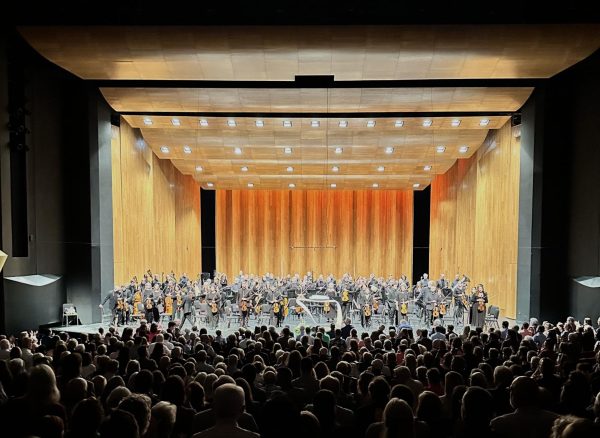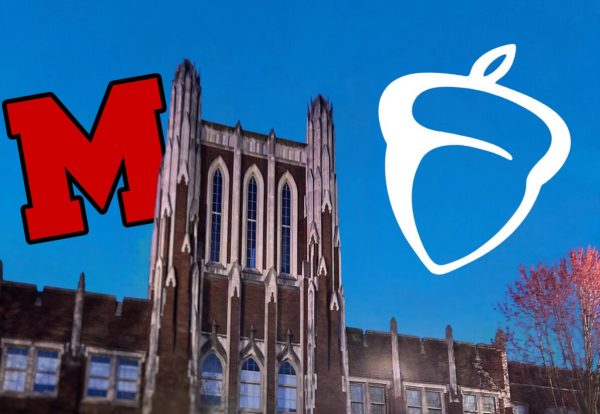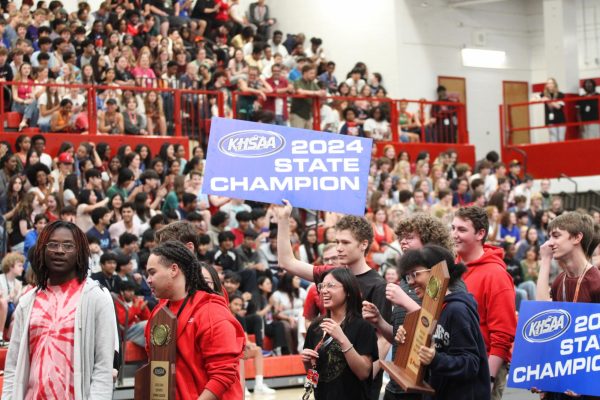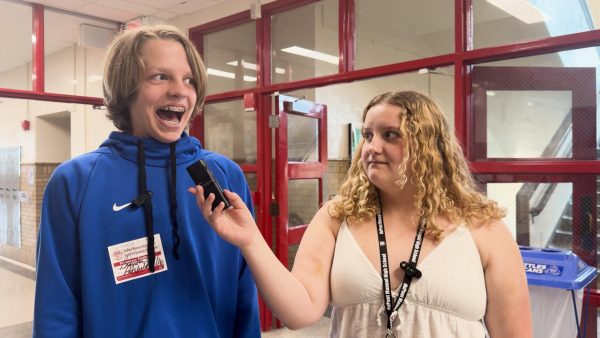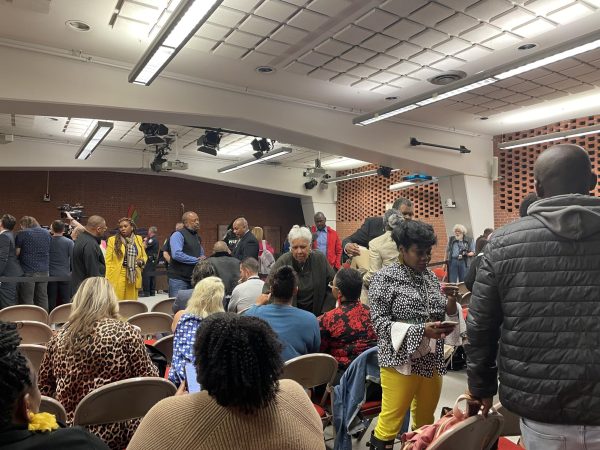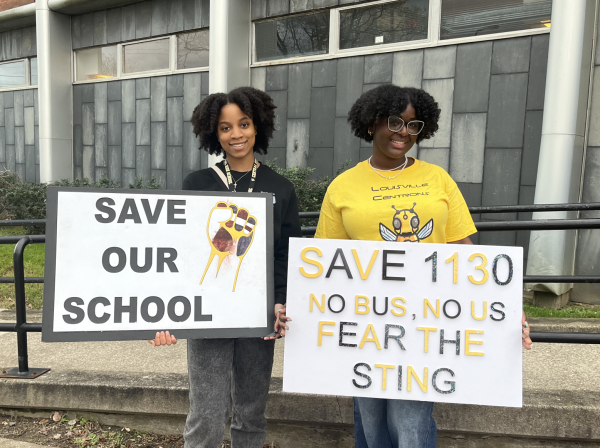November special SBDM meeting continues dress code discussion
November 10, 2020
Manual’s November virtual special SBDM meeting commenced at 3:03p.m., with all members present in order to discuss the dress code policy.
First, the October meeting minutes were approved.
Next, the primary focus of the agenda, the continuation of the dress code policy review, was addressed. Alesia Williams (English) presented her screen to begin the discussion.
“… the duration of this meeting will be set aside to review the administrations to our previous draft of the dress code. We will also add the final touches to the dress code, to be passed down for further review later this month,” Principal Farmer said.
Sections regarding skirt and other hem lengths were reviewed first. This was a significant topic at the October meeting, where the parameters of skirt lengths were cited as “subjective” and specifically “targeting” female students.
“Skirts and shirts need to be defined. They need a definition because we need transparency from all sides,” Farmer said.
Some committee members began to question why dress code was being equated to a student’s academic performance or focus in class. Their main concerns were with why a student’s clothing justified pulling them out of class or disrupting that learning time.
“At what point does the skirt impact their education?” Brian Hinds said.
“ You cannot expect a male teacher to approach a female student about a short skirt or even the other way around. It’s hard for teachers to speak up when it seems like a line of appropriateness is being crossed. I’m worried that how this would be enforced,” Kim Ryan said.
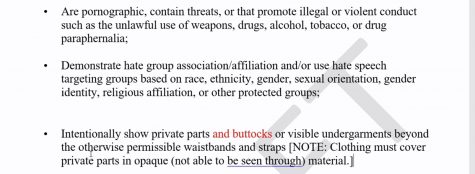 Robin Weiss reiterated that the purpose of the dress code is to ensure safety of the students and to sustain a learning environment free of shame or judgement.
Robin Weiss reiterated that the purpose of the dress code is to ensure safety of the students and to sustain a learning environment free of shame or judgement.
“If you don’t like it, don’t look…If I have to scan for underwear, we’ve lost the point of the code,” said Weiss.
The committee did motion to add, “and buttocks” to the private parts section of the dress code, meaning that students may not show any part of their undergarments or any part of their buttocks while at school.
The phrase, “Students must wear their hoods down except when they are outside traveling between buildings,” was also added.
During the October meeting, guest speaker Mrs. Finley (English) was concerned that suggestions against hoods were racially motivated and could warrant exclusion and experiences of racial targeting. Guest speaker Mr. Palmer was concerned that wearing hoods could jeopardize the safety of and make it difficult to identify students.
“We don’t need Mr. Burton or Mr. Palmer stopping students or making them feel more surveillanced than usual over a hood. We don’t need this to be a larger issue than security,” Christopher Applegate (Science) said.
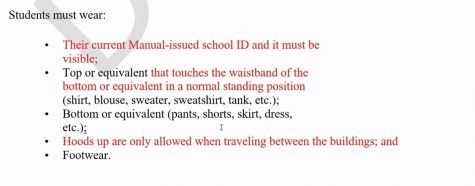 Additions to the rule about hoods were made specific to travel bases in order to diminish chances of reprimands from school security or judgement on campus.
Additions to the rule about hoods were made specific to travel bases in order to diminish chances of reprimands from school security or judgement on campus.
Blankets came into the conversation following the discussion over hoods. Some members of the board raised concerns about blankets due to the nature of COVID-19 and the health scare travelling from home to school.
Ryan and Applegate both quickly countered these objections.
“… in terms of students not having access to coats to keep them warm, blankets may be their only option,” Ryan said.
“Blankets can be addressed once a bed bug issue outbreaks,” Applegate said.
Soon the focus became attire specific to course-related activities such as dance, theater, etc., as members became content with the terms of hoods and blankets.
“We should delete the second sentence that claims that items can only be worn for specific classes such as dance. When in common areas such as  hallways and bathrooms, no student should have to change for something like that but, if they have dance for fourth block, walking around a leotard is unacceptable,” Weiss said.
hallways and bathrooms, no student should have to change for something like that but, if they have dance for fourth block, walking around a leotard is unacceptable,” Weiss said.
The last segment reviewed during the meeting was dress code enforcement by teachers and administration.
“It’s important to have teachers have eyes and ears but willing not to judge,” Farmer said.
Williams and Applegate voiced concerns about dress code infractions taking away from instructional time.
In addition to comments about infractions, members were concerned about how teachers were supposed to take on disciplinary action when they need be trained with knowledge of different religions, gang affiliations or hate groups.
“There is currently no training on how to understand gang affiliation. We have had it in the past. I have participated in that training three times for an hour in my 20 years of teaching. Will security or administration receive this training?” Williams said.
Teachers questioned how qualified they were to deal with dress code violations that are just and don’t shame the student.
“We will train our teachers to call out things worth addressing. We do not dress code kids in front of each other. It will be addressed at the most appropriate time. This will be included training once the dress code is definitive,” Farmer said. “Dress code should not be a bigger issue than the lesson taught in class.”
“The heart of our code is that no student shall be referred to as a distraction due to their attire,” Weiss said.
Following Weiss’ comment about the purpose of today’s meeting, Williams stepped in to acknowledge a power hierarchy the dress code upholds.
“This dress code policy that the students and parents needs to be used to protect themselves. There should be something to understand from parents how it will be enforced to diminish this experience of shaming. There needs to be a way to delineate power to the parents and students just as much as a teacher,” Williams said.
Remaining changes were to make the dress code more equitable to students when participating in Manual related events such as prom, graduation and sports games. 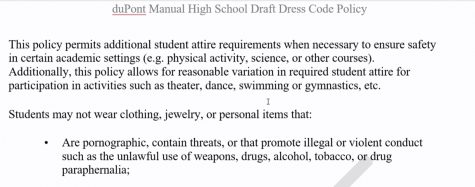
“We don’t need to be those teachers that are pulling out rulers at a dance or prom. If its not included, we can’t expect them to understand the enforcement,” Ryan said.
The committee decided to delete the portion of the dress code stipulations extending to afterschool Manual related events.
“I hope what we’ve written is understood as intended,” Farmer said, in regards to the overall dress code policy changes.
Wiess suggested a 24-hour period to review the dress code meeting before the next official SBDM meeting scheduled at 3 p.m. on Nov 20.
The committee voted to have an additional meeting at 8:15 a.m. on Nov 12 if any additional revisions needed to be made.
The meeting adjourned at 4:57 p.m.








